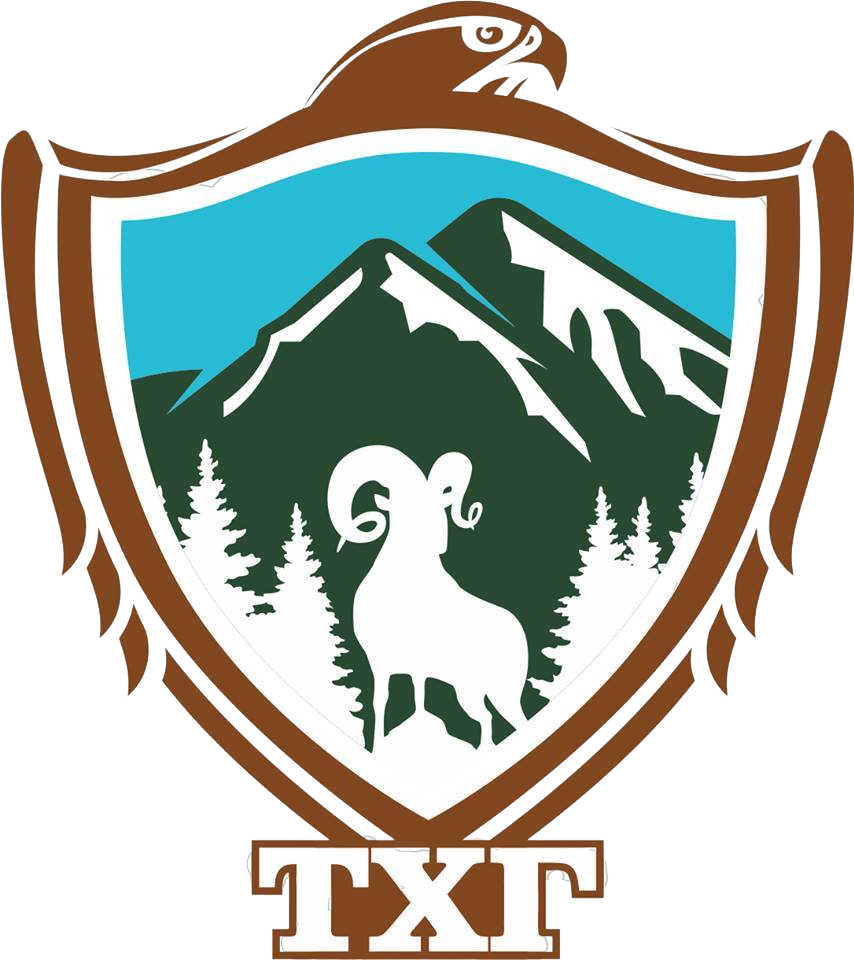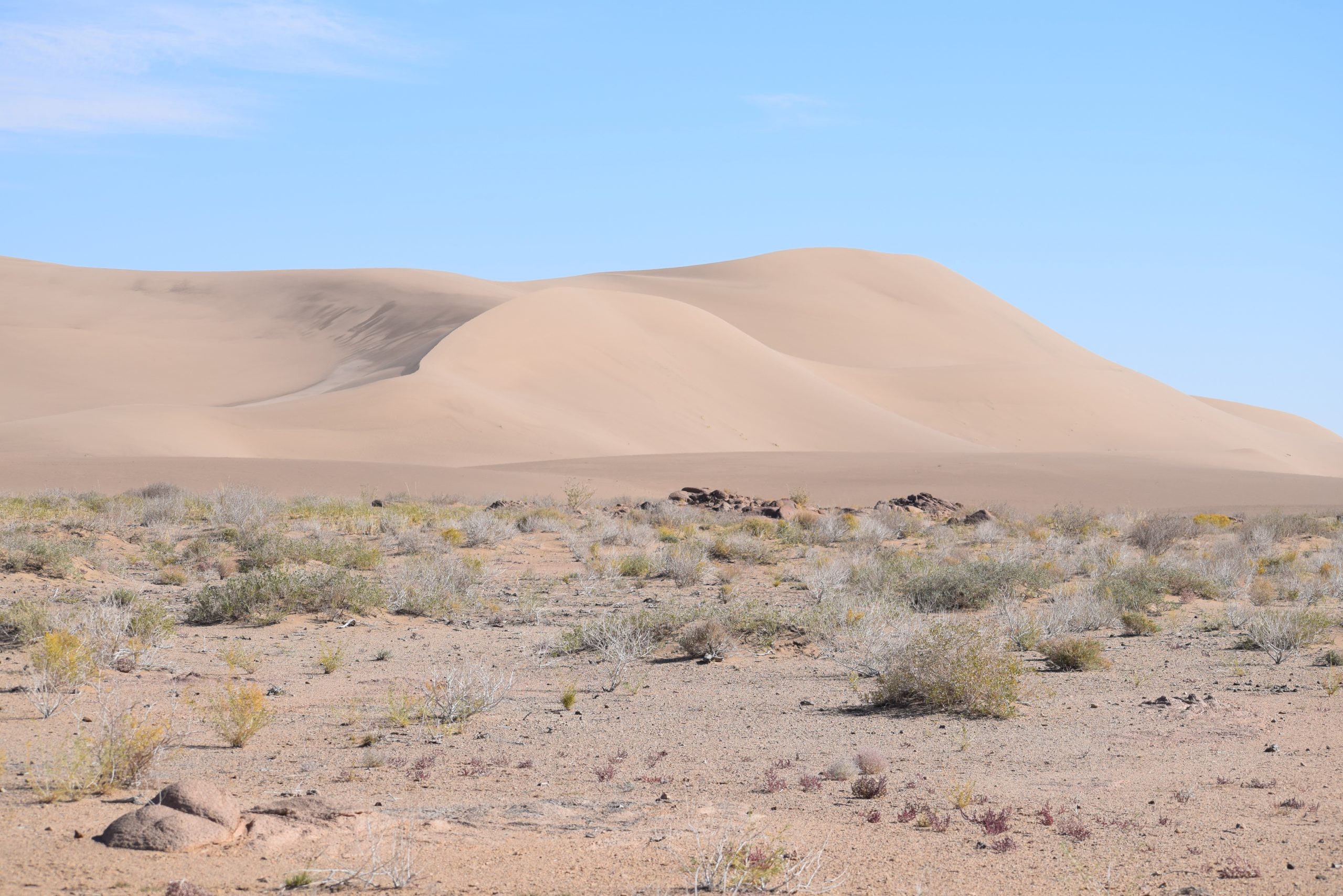Attractions
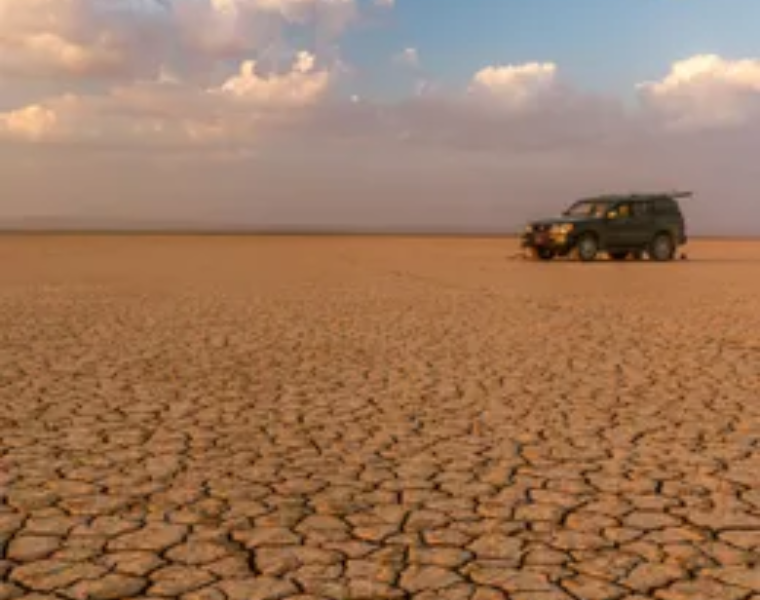
Borzon Gobi
Borzon Gobi, one of Mongolia's famous thirty-three gobi, stretches for about 80 km along the slopes of Khurkh Mountain and the East West Cliffs, covering an area of 2,100 square kilometers. Borzon Gobi encompasses various regions from west to east, including Ekhen Zag, Den Sair, Morin Tolgoi, Zalaa Khoshuu, Borzon, Two Tree Valley, Red coast, West and East Khongor, Sergeg Bargin, Three Deep Valley, Khuren Khoshuu. It is surrounded by sand dunes, saxaul forests, open water with Gobi wild plants such as yellow and brown saltwort, tussock, etc., as well as featuring headsprings and many eye-shaped springs in the Gobi desert region. In Borzon Gobi, a large circular area with a length of 10 km and an area of 5 km will be known as Borzon Circle.

Galbiin Gobi
Galbiin Gobi, renowned as one of Mongolia's distinguished 33 Gobi regions, is situated within the territory of Hanbogd Sum in the Umungovi Province.
Spanning an extensive area of 200 km in length, 50 km in width, and totaling 70,000 square kilometers, Galbiin Gobi stands out for its uniqueness.
This region is home to rare and fascinating wildlife, including the Short-toed Snake Eagle (Circaetus gallicus), Houbara Bustard (Chlamydotis macqueenii), Saker Falcon (Falco cherrug), and Mongolian Ground Jay (Podoces hendersoni)
.
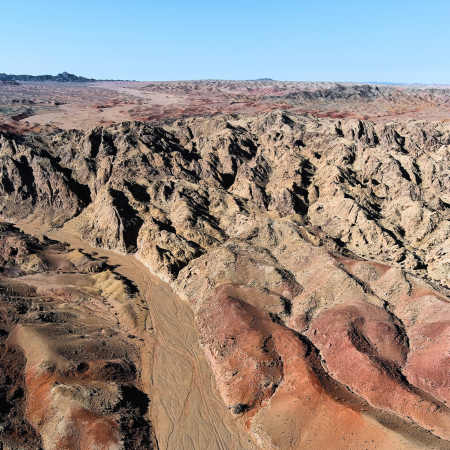
Khurkhiin Nuruu
Khurkh Mountain is named "Khurkh" due to the belief that foreign enemies avoid crossing from the south, and snowstorms do not swiftly pass from the north.
he root of the word "khurkh" refers to a curtain that conceals something.
For instance, items used to close curtains, like the curtain of a god or the bed's curtain, are termed "khurkh."
Therefore,
the majestic Khurkh Mountain serves as a natural barrier, safeguarding the good and warding off the evil
.

Khatanbulag. Ergeliin Zoo
Located 25 km north of the center of Khatanbulag Sum,
Ergeliin Zoo is a captivating natural formation.
It was designated as a state-protected reserve by Resolution No. 43 of the National Assembly of Mongolia in 1996.
The boundaries of the reserve are defined by the elevations between Sangiin Oovo, Bayanzav, Aman Water Ridge, and Aman Togrog Well.
This region is characterized by a lake sedimentary area stretching over 60 km in length and a plateau with a width exceeding 20 km.
The Gobi area encompassing Ergeliin Zoo harbors numerous remnants of ancient mammals, fish, turtles, and dinosaurs, providing a glimpse into life more than 30 million years ago.
In 1922-1923, an expedition led by the American scientist I. Andrews conducted research in the vicinity of Ergeliin Zoo, unveiling rare and valuable discoveries such as the bones of an ancient mammal resembling a rhinoceros and the remains of a giant turtle to the world.
.
.
.
.
'
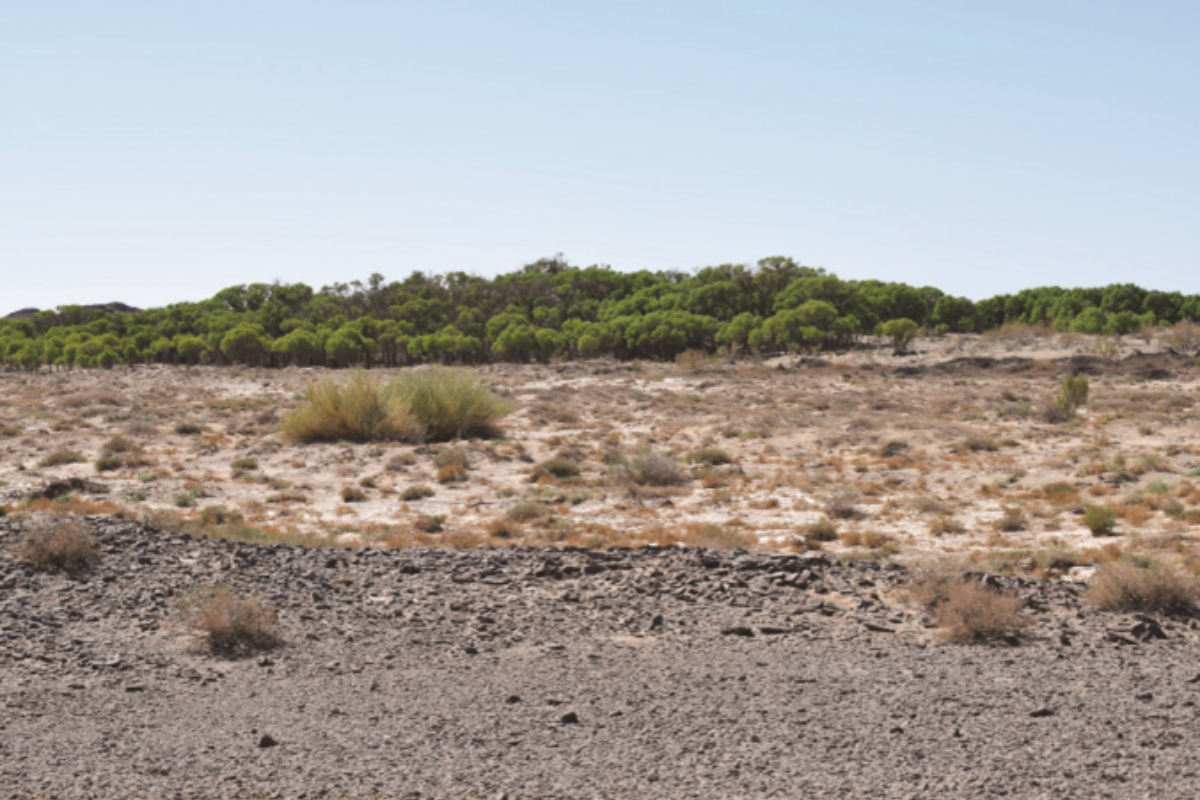
Bayan river poplar grove
There is a beautiful place called the Poplar Grove of the Bayan River, which occupies tens of hectares of land in Dersen Us Bag of Nomgon Sum.
About 200 years ago, the five sons of Khukh Taij Gombosuren, who lived in this area at that time, consulted to create something that would last for a long time. Their youngest son, Sain Er, proposed the idea of establishing a poplar grove in Bayangol.The poplar tree, a species native to the Gobi forest, reaches a height of 5-12 meters, featuring greenish-gray bark and robust, straight trunks.

Sharaviin Changalan
Located 150 km southwest of Nomgon Sum on the road to Bor Tolgoi in Orvog Gashuun, another curious sight is "Sharaviin Changlan" situated in Tooroin Tugul. Before the People's Revolution victory, when there were no barriers between Mongolia and China, livestock often traveled back and forth. Camels frequently crossed the border from the south, and border guards had the dual responsibility of detaining and returning them during border meetings between the two countries. Between 1972 and 1975, a herd of approximately 60 camels arrived and halted near open water while a soldier named Jigmed Sharav was serving at the Jaalshand outpost. Following orders from above, J. Sharav enclosed the camel herd with a metal wire around the grove. Remarkably, to this day, the camels have not disappeared.
'
.
.
.
.
.
.
.
.

White sandalwood
A white sandalwood tree has grown in the foothills of the Yellow Khad Mountain in the area of Khatanbulag Sum in Dornogovi Province, belonging to the protection zone of the Govi Baga Nature Reserve. White sandalwood emits a unique and pleasant fragrance. However, the preservation of this scent for many years has become the main reason for its extinction, attributed to people's bad habits and superstitions.
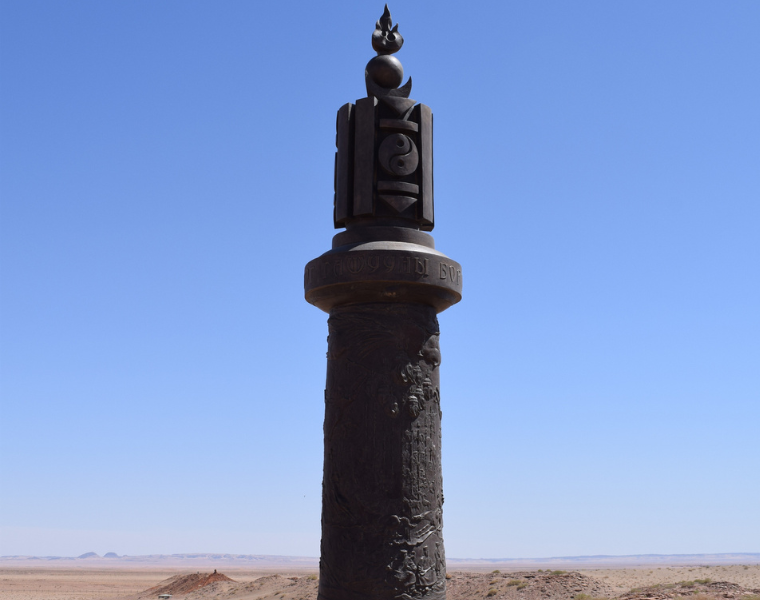
The brown head of the Orvog Gashuu
"In 1962, at the invitation of the Prime Minister of China, Zhu-En Lain, Y. Tsedenbal, the head of the People's Congress, visited Beijing. During this historic meeting, a commission was established to negotiate the border between the two countries. Between 1962 and 1963, the commission demarcated a total of 4,677 km of the border, setting a record with 639 columns. The southernmost point of Mongolia, known as the brown head of Orvog Khaan, is situated in the area of Nomgon Sum, Umnogovi Province. Additionally, the furthest point of Mongolia, the brown head of the Orvog mountain, is located in the Dersene watershed area of Nomgon Sum, Umnogovi Province."
.
.
.
.
.
.
.

Working Hours
- Monday-Friday
- 08:00-17:00
Holidays
- Saturday, Sunday
- Closed
Address
SMALL GOBI strictly
protected area in the territory
of Khanbogd Sum, Umnugobi
Province
- UMNUGOBI PROVINCE, KHANBOGD SUM
- +976 88030903, +976 88607412
- goviinbagaspa@gmail.com
Website
Social Media
Designed by Oratexy.co – Electrifying Results
